Harnessing the Power of Geonets in Coastal Engineering: A Comprehensive Guide
Coastal engineering has long faced the challenges of erosion, wave action, and the preservation of natural habitats. As we strive to protect our shorelines and marine environments, the integration of innovative materials and techniques has become paramount. One such breakthrough is the use of geonets—a solution that not only offers a sustainable approach to coastal defense but also enhances the resilience of infrastructure. This article delves into the essence of geonets, comparing them with related technologies like geogrids, exploring their functions, and applications, and elucidating how they are revolutionizing coastal engineering.
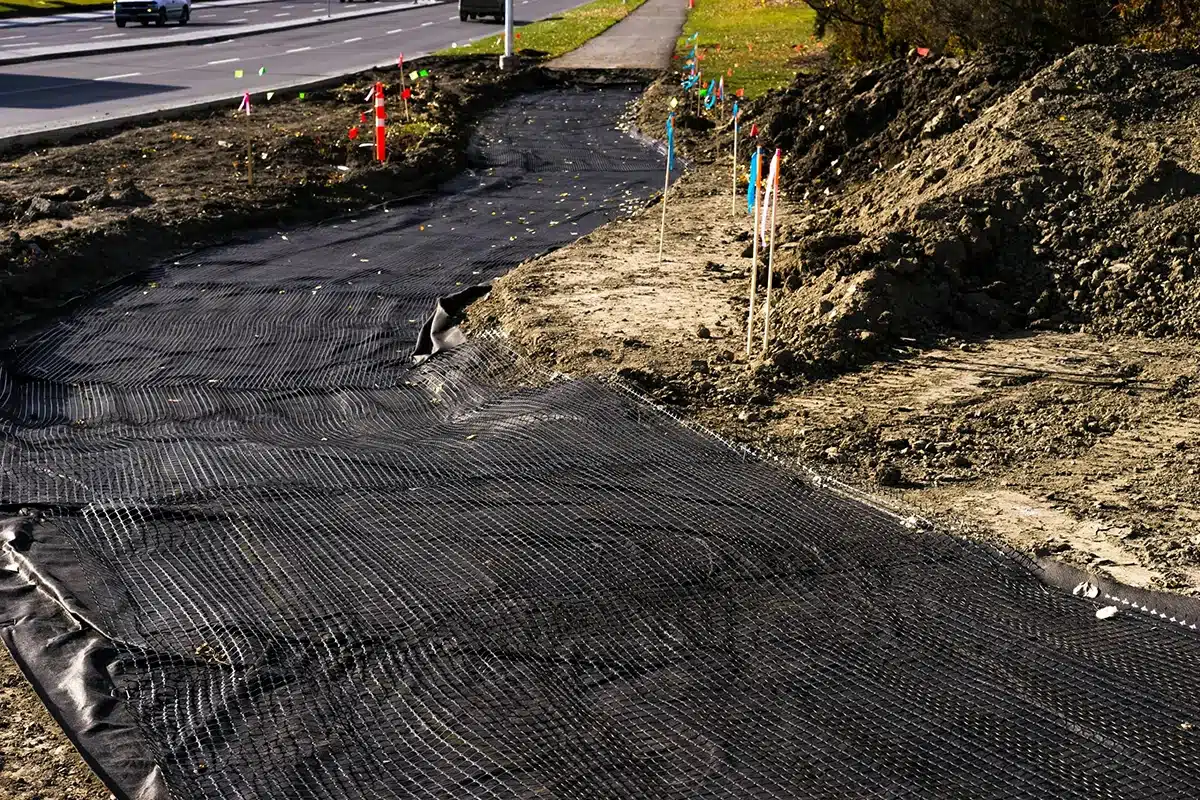
What is a Geonet?
A geonet is a synthetic mesh-like material, typically made from high-density polyethylene (HDPE), designed to facilitate drainage and enhance stabilization in various engineering applications. Integrated as soil stabilizers, these geonets play a critical role in preventing erosion and ensuring the safety of slopes and embankments. Their open, net-like structure allows for efficient water flow, while their strength and flexibility make them an ideal choice for reinforcing soil and other materials. Especially in coastal engineering, geonets are highly valued not only for their ability to mitigate erosion but also for supporting vegetation growth and protecting infrastructure against the harsh marine environment, thereby underscoring their multifaceted utility in preserving and enhancing the natural and built environment.
What is the Function of Geonets?
In coastal engineering, geonets serve multiple pivotal functions, distinguished by their unique manufacturing process. Geonets are produced by a continuous extrusion of intersecting ribs that form a network structure, making them highly suitable for liquid drainage and erosion control. Acting as a buffer, they absorb and dissipate the energy of incoming waves and currents, providing essential protection that helps to preserve the natural landscape and prevent land loss. Additionally, the specific structure of geonets, akin to geogrids—which are plastics formed in a wide open, regular netlike structure purpose-developed for the reinforcement of soil—enables efficient water drainage, thereby preventing waterlogging and soil degradation. By supporting the establishment of vegetation, geonets further contribute to the ecological restoration of coastal areas, enhancing biodiversity and bolstering natural defenses against erosion. This dual functionality underscores their invaluable role in both protecting and nurturing coastal environments.
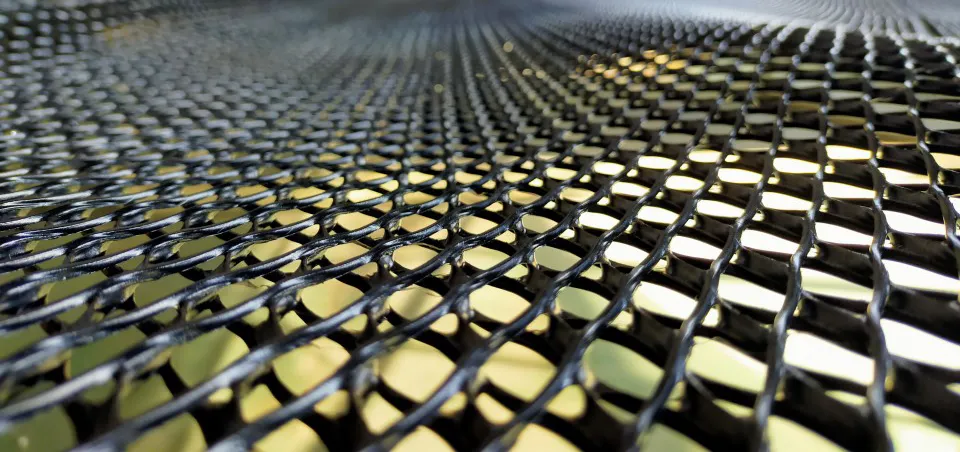
What is the Difference Between Geogrids and Geonets?
While both geogrids and geonets are employed in a variety of applications, such as soil stabilization and erosion control, their utility extends into numerous other areas, including road construction, road widening, and asphalt work, as well as building construction and foundations. Geogrids, with their more rigid, grid-like structure, are designed to reinforce soil through tensile strength, making them especially ideal for applications requiring significant load-bearing support, such as retaining walls, dams, artificial ponds, and water reservoirs. On the other hand, geonets, known for their flexible, net-like configuration, excel not only in drainage and erosion control but also play a vital role in the construction and maintenance of environmental projects. This functional distinction allows both materials to be tailored to specific needs, from the foundational support in building construction to the nuanced requirements of coastal and environmental engineering projects, highlighting their broad applicability and importance across a wide range of civil engineering disciplines.
What are the Applications of Geonet?
Geonets, defined as a geosynthetic material similar in structure to a geogrid, consisting of integrally connected parallel sets of ribs overlying similar sets at various angles for in-plane drainage of liquids or gases, find a broad range of applications in coastal engineering. This unique structure allows them to play a pivotal role beyond their primary functions of erosion control and drainage. They are instrumental in the construction of revetments, seawalls, and breakwaters, where their ability to ensure in-plane drainage significantly contributes to the stability and longevity of these structures. Additionally, the versatility of geonets extends to creating artificial reefs, dune stabilization projects, and the restoration of mangroves and other critical habitats. Their adaptability and the environmental benefits they offer make them a preferred choice for sustainable coastal development initiatives, highlighting the critical role of their unique structural properties in enhancing their effectiveness across various applications.
Geonets represent a crucial innovation in the field of coastal engineering, offering a multifaceted solution to the complex challenges of shoreline protection, water management, and environmental conservation. By understanding their functions, differences from similar materials like geogrids, and the vast array of applications, we can appreciate the significant impact geonets have on sustainable coastal development. As we continue to explore and refine the use of such materials, the potential for protecting and enhancing our coastal environments grows ever more promising.
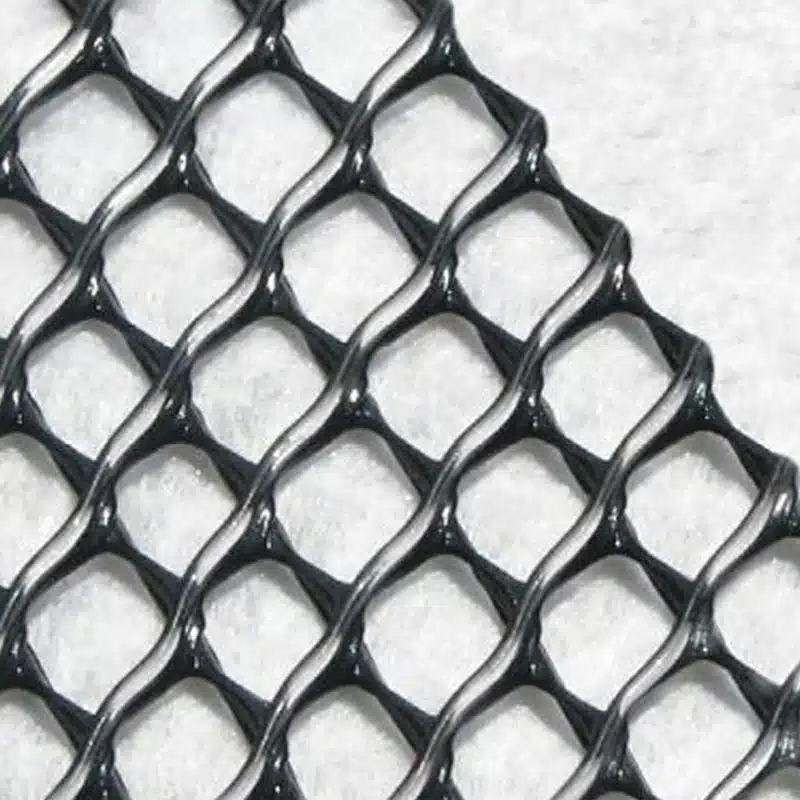
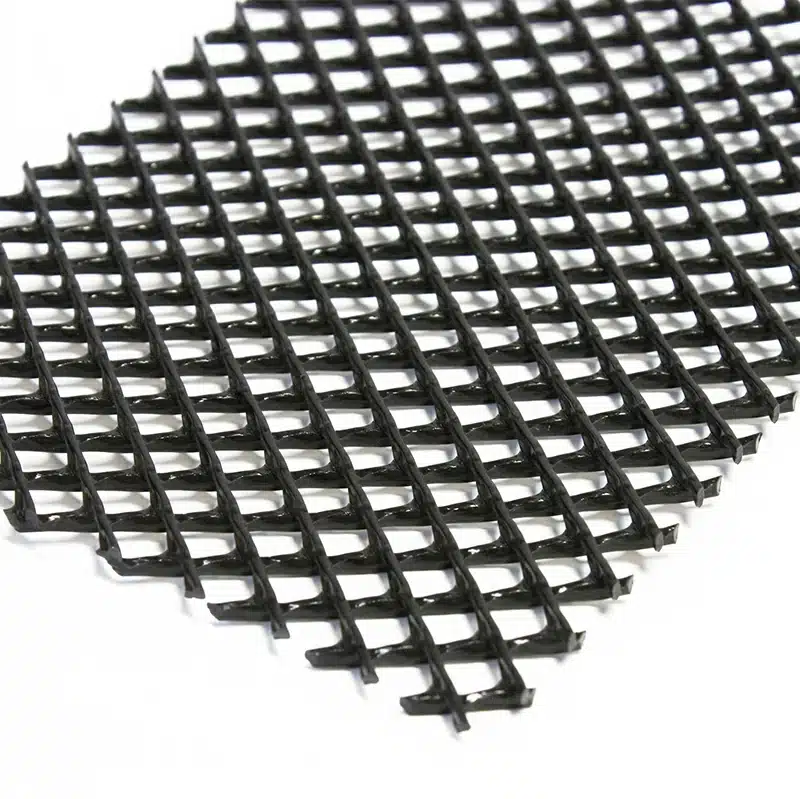
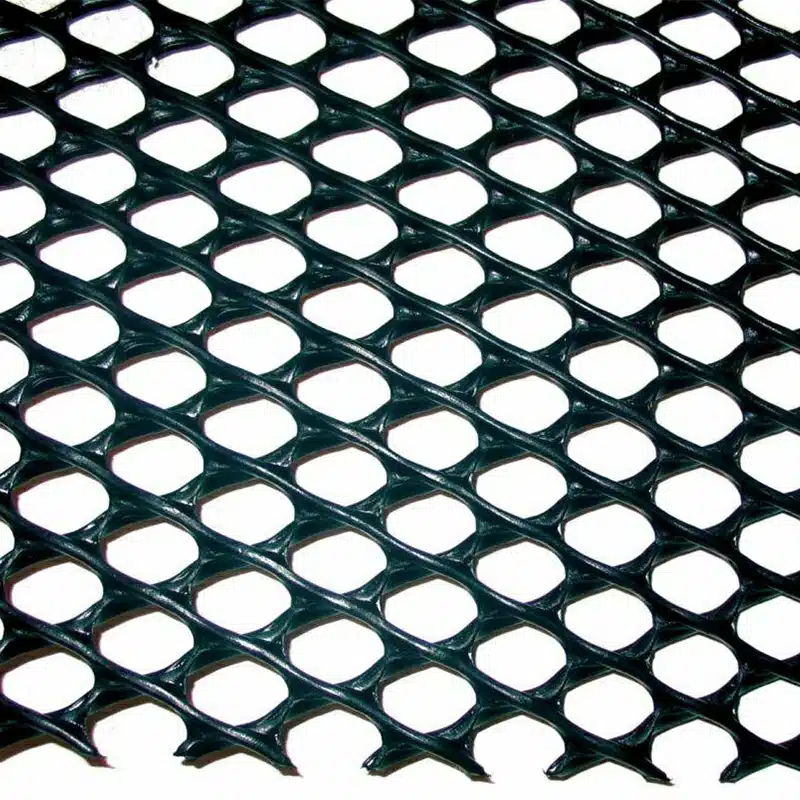
Comments
Post a Comment